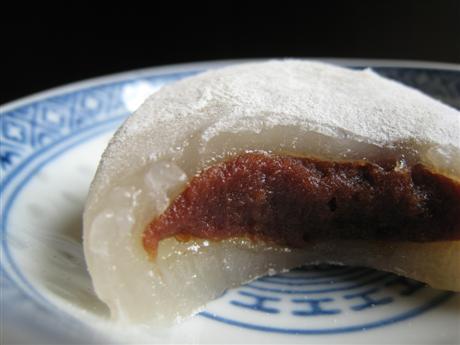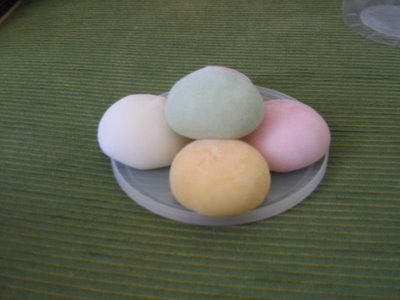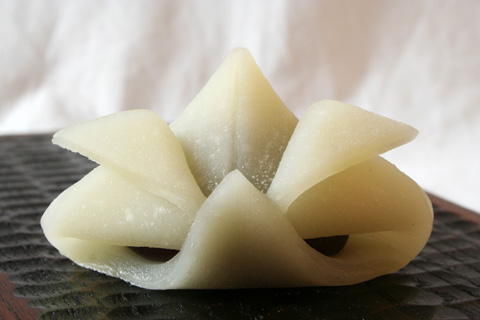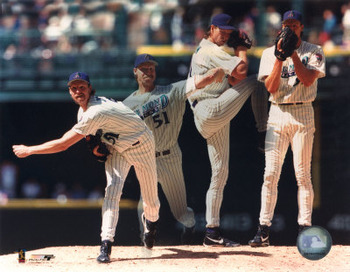When you have a difficult concept that people don't understand, often it's useful to use a metaphor that people can relate to. With Sanseiryu, the Okinawans use mochi as the metaphor.
For those who have never been to a Japanese restaurant, mochi is a kind of stretchy rice cake, often surrounding a filling or ice cream. Here we see mochi with red bean filling...

... and mochi surrounding a dollop of ice cream.

Now and then a chef can get creative with the stretchy starch, as shown with this rendition of a samurai's kabuto helmet.

The metaphor? It works great. The problem? Most Americans have not experienced the devilish pleasure of mochi, so haven't a clue what the metaphor means. Therein lies something very important lost in the translation.
So we end up with a Sanseiryu done like Seisan. That's fine, but... that's not Uechi Sanseiryu. It doesn't display the principles Kanbun was trying to get across when teaching people this form. And if you want to move on to the Fuzhou Suparinpei - a form Kanbun chose not to teach perhaps because it was so difficult - well forgetaboutit.
There are some good American metaphors which work. Here's one I often use.

The problem? Kids today never saw Gumby cartoons, so haven't a clue as to the stretchy nature of this character.

Here's another toy that gets the concept across, but again is outdated.

So what is it that we're to investigate in Sanseiryu in great detail? It's learning how to develop and take advantage of the dynamic stretch reflex.
More later.
- Bill




